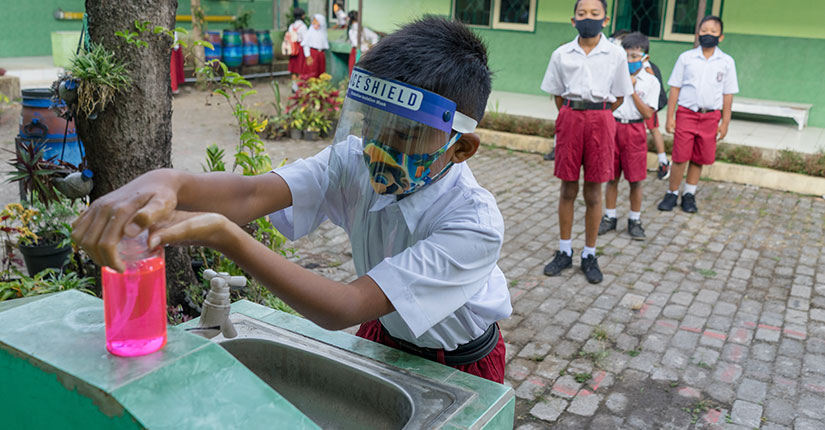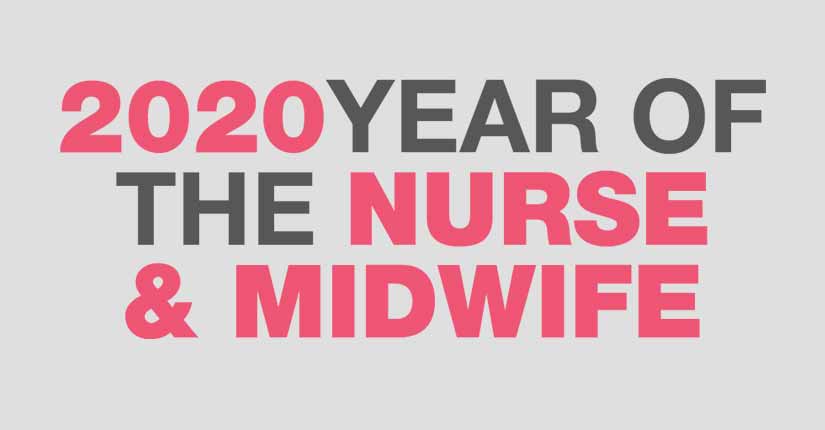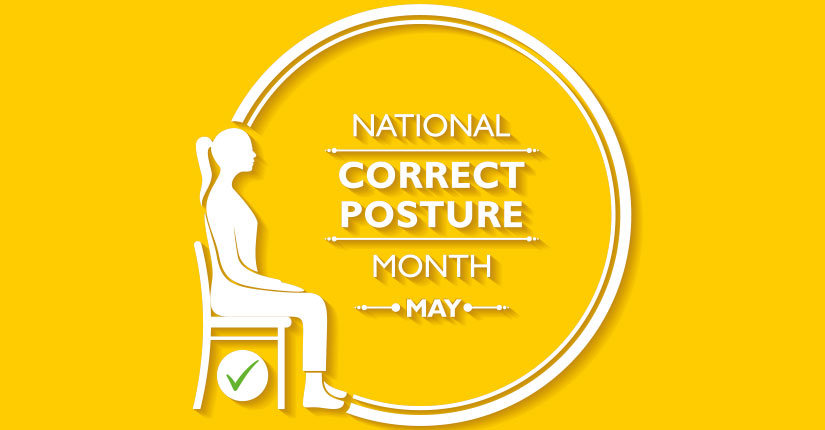WHO Tweeted That Schools Are Ill-Equipped to Provide Healthy & Inclusive Learning Environments
By Nmami Agarwal 01-Jul 2022 Reading Time: 4 Mins

Despite a steady decline in the proportion of schools without basic water, sanitation, and hygiene services, deep inequalities persist between and within countries. School children in the Least Developed Countries (LDCs) and fragile contexts are the most affected, and emerging data shows that few schools have disability-accessible WASH services. The World Health Organisation tweeted that schools are ill-equipped to provide healthy & inclusive learning environments for all children, as many go to schools without safe drinking water, clean toilets, and soap for handwashing.
According to the Director of Water, Sanitation, Hygiene and Climate, Environment, Energy, and Disaster Risk Reduction, far too many children go to schools without safe drinking water, clean toilets, and soap for handwashing—making learning difficult. The COVID-19 pandemic underscored the importance of providing healthy and inclusive learning environments. To protect children’s education, the road to recovery must include equipping schools with the most basic services to fight infectious diseases today and in the future.
Access to water, sanitation, and hygiene is not only essential for effective infection prevention and control but also a prerequisite for children’s health, development, and well-being. Schools should be settings where children thrive and not be subjected to hardship or infections due to lack of, or poorly maintained basic infrastructure. Globally, 29 percent of schools still lack basic drinking water services, impacting 546 million schoolchildren; 28 percent of schools still lack basic sanitation services, impacting 539 million schoolchildren; and 42 percent of schools still do not have basic hygiene services, impacting 802 million schoolchildren.
Providing disability-accessible WASH services in schools is key to achieving inclusive learning for all children. Still, only a limited number of countries report on this indicator and national definitions vary and far fewer provide disability-accessible WASH.
- Emerging national data shows that disability-accessible WASH coverage is low and varies widely between school levels and urban and rural locations, with schools more likely to have accessible drinking water than accessible sanitation or hygiene.
- In half the countries with data available, less than a quarter of schools had disability-accessible toilets. For example, in Yemen, 8 in 10 schools had toilets, but only 1 in 50 schools had disability-accessible toilets.
- In most countries with data, schools were more likely to have adapted infrastructure and materials – such as ramps, assistive technology, and learning materials – than disability-accessible toilets.
Over To You:
Improving pandemic preparedness and response will require more frequent monitoring of WASH and other elements of infection prevention and control (IPC) in schools, including cleaning, disinfection, and solid waste management.





















